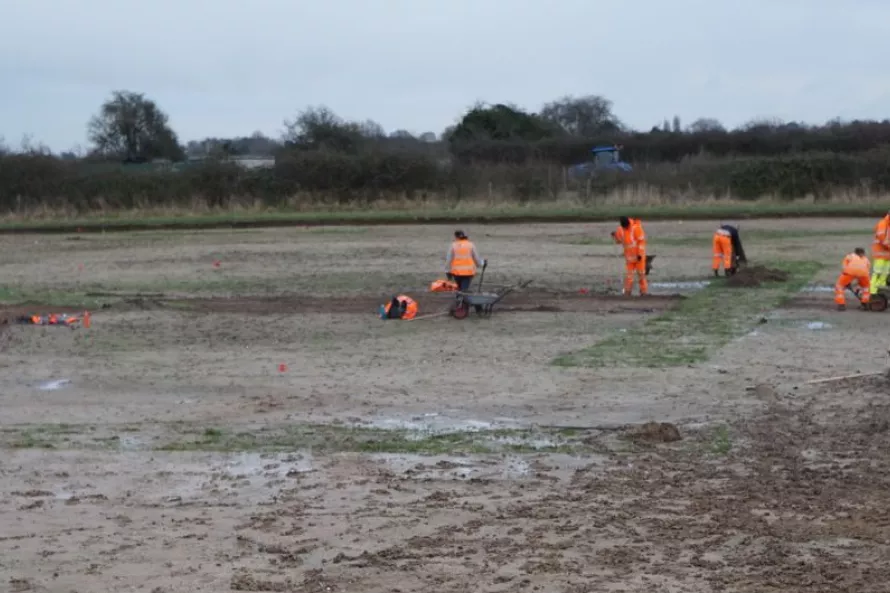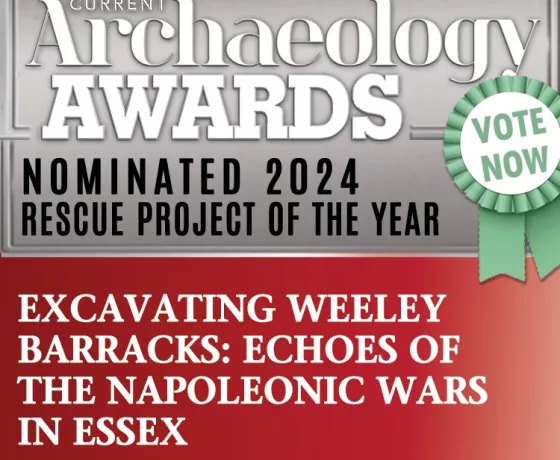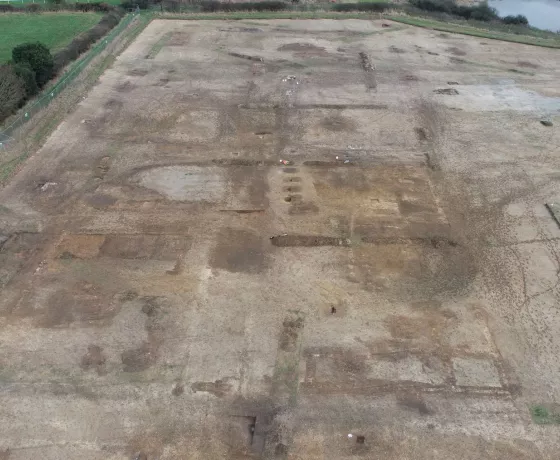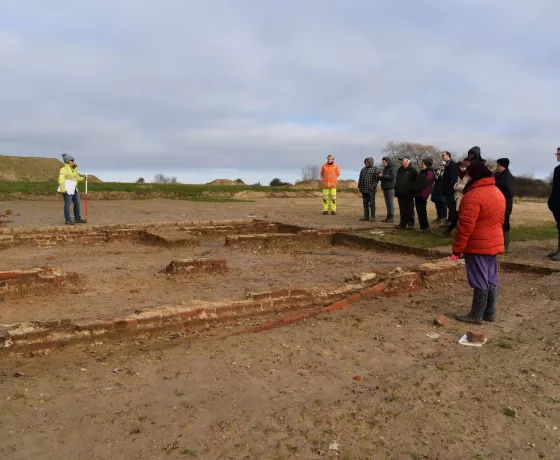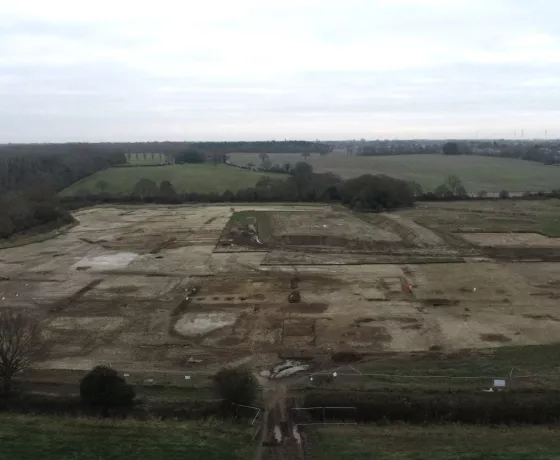The first week of February was our final week on site. The aim was to make sure we had all the information we needed and that we didn't leave any unanswered questions. The final part of any archaeological excavation is the inevitable laborious job of tidying the site - you accumulate quite a lot of stuff after 5 months on site! So we have to get all our tools (mattocks, shovels, hoes, wheelbarrows) back to the office, along with PPE, all the soil samples, finds and paperwork. As well as all the other random things you collect along the way.
Once we have all this back at our office, the next task for Nick (the Project Officer who in charge of site) is to start unpicking all the information we've gathered. This is a very long process - in the first instance we will produce a summary report called a Post-Excavation Assessment (or PXA for short), this normally takes nine months to collate, it summarises the findings and lays out what other research we need to undertake in order to fully understand the site. Once this document has been produced, we then start on the second report - the analysis report. This is a much larger and more in-depth document which takes a further 12 months to compile. So the post-excavation reporting process is a long one.
But before we worry about all that, here's a few photos and bits of information about the last few things we found on site!
As ever, we spent our last week cleaning up some more barrack remains, including the above rather nicely preserved section of wall, which has quite a lot of the basal course of brickwork still intact. If you've read any of the previous updates, you'll know by now that we also had several buildings with the remnants of fireplaces/chimneys attached to them. So we've spent a bit of time cleaning these up nicely and getting some lovely photos of them.
As well as Napoleonic remains on the site, we've also had some Iron Age and Roman archaeology. Our last week on site involved dealing with an isolated area of Roman (AD43-410) remains in the north-western corner of the excavation area, where we had several ditches and a group of intercutting pits containing broken pottery sherds. We also had a probable oven, which was unexpected as on the surface it looked like quite a boring pit!
We've really enjoyed our time on site as archaeology from the Napoleonic era isn't something we have a change to dig very often, so it made a nice change! We really hope you've enjoyed learning about the site with these updates and had a chance to come and see us on one (or both) of our open days.
The last thing I'd like to do is thank the team for their hard work and for putting up with the terrible cold and wet weather we've had for quite a lot of the project. So thanks very much to: Nick Cox, Jack Easen, Lindsey Kemp, Jack Everett, Molly Vowles, Chris Smallwood, Holly Wright, Graeme Botham, Adrian Wellard, Ellie Brown, Matt Evans, James McCallum, Steph Matthews and Joe Ferrier.
Other posts in this collection
Read our latest posts about the archaeological investigations at Weeley.

